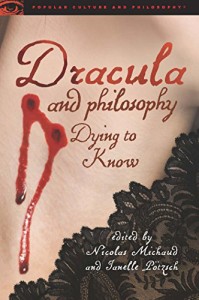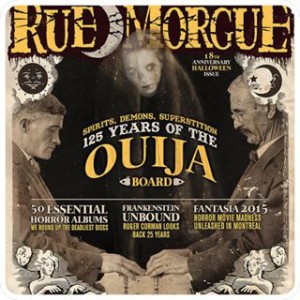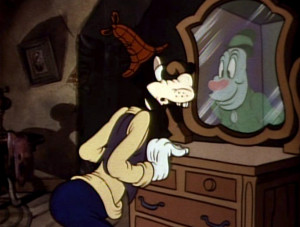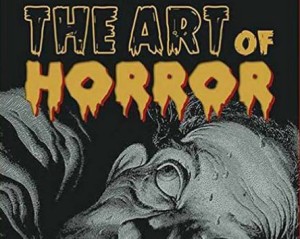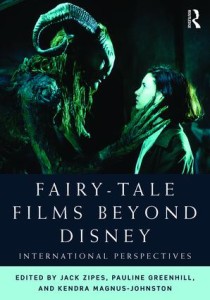Assistant Professor Surekha Davies (Western Connecticut State University, US)
Monsters are back, or perhaps they never went away. They haunt popular culture and social media. They lurk as images of dread and terror in politics, and figures of thought within academia. As shadows of the past they reappear as the potential biotechnological realities of today. They roam the in-between, making borders and boundaries tremble and shatter; whether these be borders of nation states or bodies, or categories of race, gender, sexuality, ability, class, self and other. In this sense, the monster seems to embody a promise of disturbances and change, as Donna Haraway argued in her 1992 text “The Promises of Monsters”.
Haraway’s text heralds the 1990s rapid increase in academic engagement with figures of ghosts and monsters, the spectral and the monstrous, encompassing publications such as Derrida’s Spectres of Marx (1994) and Jeffrey Jerome Cohen’s anthology Monster Theory (1996). Now, on the other side of the millennium-threshold, the popularity of monsters has flared up again, inspiring publications such as for example Ashgate’s Research Companion to Monsters and the Monstrous (Mittman and Dendle 2012). 20 years after Haraway’s essay, “The Promise of Monsters” (2012) is evoked yet again, this time by Cohen, to point to the strange temporalities and disturbing messages of the figure of the monster as it haunts the margins of reality and human subjecthood. Messages that may well be promises, but of what?
The interdisciplinary conference Promises of Monsters invites contributors to think critically with and through the figure of the monster. What does the monster promise? What contradictions, uncertainties, anxieties, desires and disturbances haunt the shifting landscapes of monsters?
How might the monster help unsettle and rethink traditional ontology, epistemology and ethics? In other words: how might the monster help one think and imagine the world differently? Indeed, what does the monster index in a rapidly developing technological globe where inequalities are ever-more apparent and expanding? How do monsters come to represent the very racialised, sexualised, ableist, gendered and homophobic injustices of historical and contemporary modes of belonging and migrating? And how do monsters haunt disciplines differently and why?
Promises of Monsters invites all, including researchers, artists and practitioners, to engage on an interdisciplinary level with the subject of monsters and the monstrous. As well as traditional academic style presentations, we also welcome creative submissions across all genres and forms.
The following are possible themes for panels, papers and artistic contributions, but we welcome you to think beyond these suggestions:
Animal studies Art, popular culture
Critical race theory
Digital technologies and social media
Disability studies
Ecocriticism
Ethics
Gender and feminist theory
Hauntology/spectrality
(Im-)materiality, embodiment
Medical humanities
Postcolonial studies
Posthumanism
Queer and sexuality studies
Science fiction, horror, and fantasy
Technology, medicine
Temporality/history
Xenophobia, the Other
We accept submissions for papers and panels. Please get in touch about artistic submissions. Send your abstract (250 – 300 words and a 50 word bio) and/or questions to: promisesofmonsters@gmail.com
For updates, see our website: https://promisesofmonsters.wordpress.com/
Deadline for submissions: 15th December 2015
Promises of Monsters is organized by The Monster Network. You can find and join us on Facebook. Conference art by Tove Kjellmark.
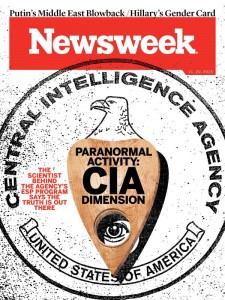 Newsweek for November 20, 2015, has a cover story on the CIA and its research into paranormal activity. The essay, “Paranormal Activity: CIA Dimension,” looks at the work of Edwin May, and his work in studying remote viewing for various U.S. government agencies for use in intelligence gathering. An excerpt:
Newsweek for November 20, 2015, has a cover story on the CIA and its research into paranormal activity. The essay, “Paranormal Activity: CIA Dimension,” looks at the work of Edwin May, and his work in studying remote viewing for various U.S. government agencies for use in intelligence gathering. An excerpt:
